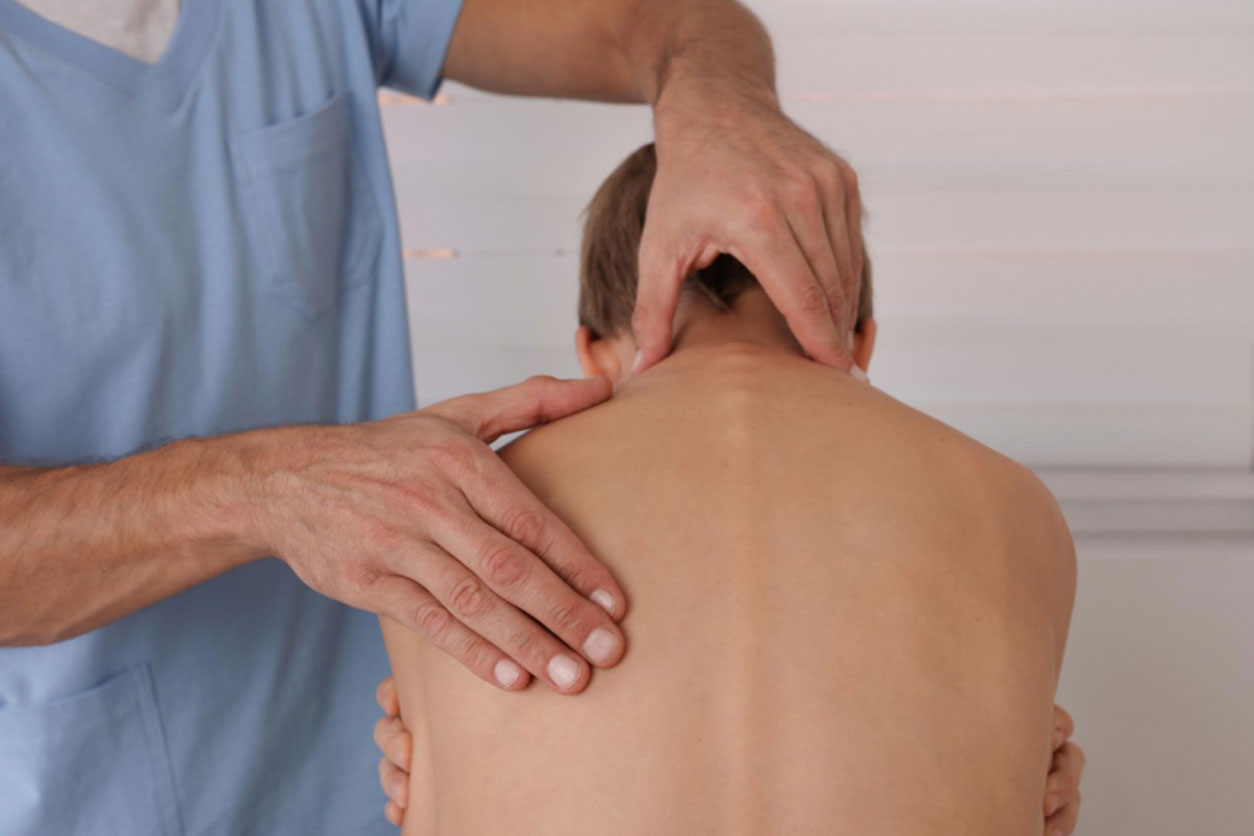What You Need to Know About Kyphosis
Although your spine curves slightly, sometimes it can curve too excessively and cause problems. When your spine curves outward excessively, you have Shrewsbury Kyphosis, which can be painful and affect your confidence. Your spine specialist can evaluate your condition and offer suitable treatment.
Causes
The following are factors that can contribute to adult kyphosis:
- Osteoporosis
- Arthritis
- Spina bifida
- Polio
- Trauma
- Tumors
- Infections
Types of kyphosis
There are three types of kyphosis, and they include:
- Postural kyphosis. If you sit hunched over a computer or phone for too long, you will most likely get postural kyphosis. The condition usually affects adolescents, but it is not a cause for alarm.
- Scheuermann’s kyphosis. Scheuermann’s kyphosis is common in teenage boys, and one of the symptoms is a short curvature of the upper back. The condition causes pain and can restrict the range of motion.
- Congenital kyphosis. If a baby’s spinal column does not form as it should in the mother’s, the vertebrae might fuse, or the bones might not develop as expected. The condition might worsen as the child grows.
Treatment options
Your spine specialist will determine a treatment plan depending on your age, the cause of the condition, physical health, severity, and complications that might arise if left untreated. Once your doctor reviews the above, they will offer you the most suitable treatment plan, including the following.
Physical therapy
Physical therapy is a treatment option that can alleviate the symptoms of postural and Scheuermann’s kyphosis. Your physical therapist can help you increase your range of motion through specific exercises that target your upper back. The treatment involves deep tissue massage that helps to reduce pain and stiffness.
Medications
Your specialist can recommend over-the-counter medications to help manage pain. If regular pain relievers do not work, they prescribe a stronger medication for pain relief.
Bracing
Bracing is a good treatment option for children and teenagers that continue to grow. However, it is not an effective treatment method for older adults. It reduces pain and slows the curve’s progression so that the curve will not be extreme when you grow. Spine surgeons recommend bracing for Scheurmann’s kyphosis and spinal fractures.
Surgery
If your kyphosis is severe, your doctor might recommend surgery. The most common types of surgery are vertebroplasty and kyphoplasty. In kyphoplasty, your spine surgeon will first inflate a balloon within the bone to raise the height of the damaged vertebrae. Then, they will inject bone cement to reinforce the bone and stabilize your spine.
Vertebroplasty involves injecting bone cement into the damaged vertebrae for spinal stability. It is an outpatient procedure that is suitable for broken vertebrae.
When to see a doctor
You should see a doctor if your spine on the upper back has an extreme curve and restricts your range of motion. If it’s severe, you might feel pain, and your specialist will discuss an appropriate treatment technique.
If you have kyphosis, visit the Center for the Functional Restoration of the Spine for treatment. Let qualified and experienced spine surgeons offer you personalized treatment. Call or book an appointment online today.


